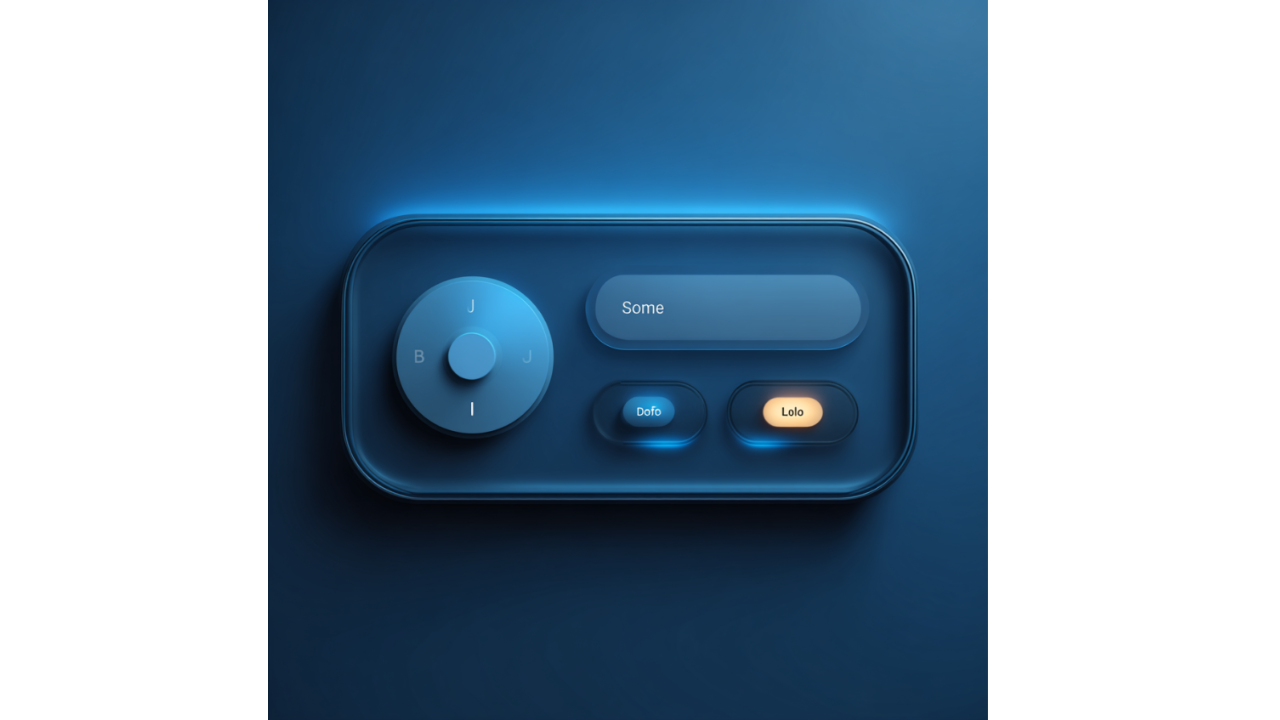The Loneliness Economy: Marketing to Isolated Consumers
A 28-year-old woman spends $89 monthly on a subscription service that sends her personalized text messages throughout the day, simulating friendship.

Most marketing today is noise pollution.
Pop-ups that block content. Auto-play videos with sound. Email subject lines that SCREAM IN ALL CAPS. Push notifications that buzz at 11 PM.
This is interruption marketing. It demands attention instead of earning it.
But there's another way.
Interruption marketing worked when media was scarce. Three TV channels. A handful of radio stations. Local newspapers.
Audiences were captive. Attention was easier to buy.
Today, we have infinite scroll. Ad blockers. Skip buttons. Unsubscribe links.
The average person sees 5,000 ads daily. Most get ignored. The rest create resentment.
Invitation marketing creates value before asking for anything in return.
Netflix doesn't interrupt your day with commercials. They invite you in with compelling content.
HubSpot doesn't cold call prospects. They publish marketing guides that solve real problems.
Patagonia doesn't just sell jackets. They tell stories about environmental activism that align with their customers' values.
These brands understand something fundamental: permission beats persistence.
Modern consumers have developed "ad blindness." Our brains literally filter out obvious promotional content.
But we're hardwired to pay attention to stories. Useful information. Content that entertains or educates.
When someone chooses to engage with your content, they're mentally prepared to receive your message. They've given you permission to communicate.
That permission is worth more than a thousand interruptions.
Replace pop-ups with progressive disclosure. Instead of demanding an email address immediately, offer value first. Let visitors explore. Build trust.
Turn sales pitches into case studies. Show how you've solved similar problems for similar companies. Let prospects draw their own conclusions.
Create content series instead of one-off campaigns. Build ongoing relationships rather than transaction-focused interactions.
Use social media to start conversations, not broadcast messages. Ask questions. Respond to comments. Be genuinely social.
Invitation marketing costs more upfront. Creating valuable content takes time. Building trust requires patience.
But the payoff is exponentially higher.
Customers who discover you through valuable content:
They become advocates instead of just buyers.
Interruption marketing feels easier to measure. You can count clicks, impressions, conversions.
Invitation marketing builds brand equity. That's harder to quantify but far more valuable.
CFOs love interruption because it shows immediate ROI. CMOs should love invitation because it creates sustainable competitive advantage.
Every piece of content you create should answer one question: "What's in it for them?"
If your first instinct is to talk about your product, you're interrupting.
If you start with your audience's problems, you're inviting.
The brands that master invitation marketing won't just survive the attention economy. They'll thrive in it.
Because in a world full of noise, the brands that whisper valuable truths will be the ones people lean in to hear.
Stop interrupting. Start inviting.
Your audience—and your bottom line—will thank you.

A 28-year-old woman spends $89 monthly on a subscription service that sends her personalized text messages throughout the day, simulating friendship.

A user lands on your checkout page. Their brain processes 17 different elements: navigation menu, progress bar, form fields, security badges,...

We're not in an attention economy anymore. We're in an attention recession.